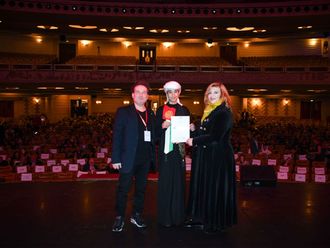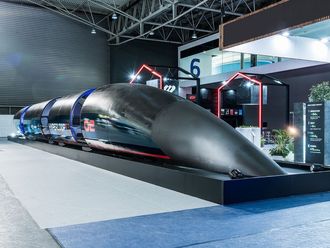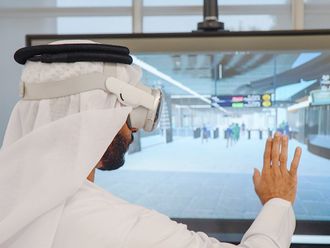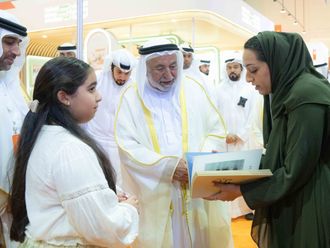The arrival of U.S. warships and fighter planes for an 11-day joint U.S.-Philippine Naval exercise has set off speculation that the U.S. will aid the government's military rescue operation against the rebel Abu Sayyaf which took 20 people hostage in the southern Philippines last Sunday.
The exercises are part of the Cooperation Afloat Readiness and Training between the U.S. and Southeast Asian countries that started in 1995. The U.S. conducted joint military exercises in Indonesia in May.
U.S. F/A-18 jets, CH-53 helicopters and C-130 transport planes were asked to land at Clark Field, a former U.S. air base north of Manila, instead of in the Palawan capital of Puerto Princesa, Filipino military spokesman Brigadier General Edilberto Adan said.
The aircraft were en route to their home base in Okinawa, Japan from a military exercise in Thailand while three U.S. navy ships with 1,400 personnel, docked at the northern port of Subic, a former U.S. naval base, for an 11-day exercise.
"The Philippine government considers this as internal so that commitment of any ground troops will come from the armed forces of the Philippines," Adan told a news conference. But U.S. assistance with satellite tracking would be "a big help", admitted deputy military chief, Colonel Joey Mendoza in Zamboanga City.
U.S. FBI agents have started monitoring the kidnapping case, a "standard procedure" when Americans were abducted abroad, said Adan. Earlier, Aimee Sobero, daughter of Guillermo Sobrero, one of the three American hostages, called on U.S. President George W. Bush for help. "I want President Bush to do something about this," she told ABC television.
The Abu Sayyaf guerillas are also holding the American Christian missionary couple, Martin and Gracia Burnham, longtime Philippine residents from Kansas. The government moved to appease negative reactions from the senators who saw the U.S. presence in solving the Abu Sayyaf problem as a slight to the country's sovereignty.
"The American government has yet to signify its interest to send troops or ammunition in assisting the government in its pursuit operations against the Abu Sayyaf in parts of Mindanao (southern Philippines)," said presidential spokesman Rigoberto Tiglao.
The statement by Guam Rep. Robert Underwood on the United States' offer of military assistance still has to be presented to the U.S. Congress for discussion, clarified National Security Council head Roilo Golez, adding the offer was a "political nicety".
Philippine senators said the U.S. must limit its assistance on the technical and financial level in its proposed support of the operations against the Abu Sayyaf. The U.S. assistance must be monitored, or limited by measures specified in the U.S.-Philippine Mutual Defence Treaty and the recently ratified Visiting Forces Agreement, said Senate President Aquilino Pimentel.
The U.S. could provide Philippine officials with tactical information and satellite surveillance equipment, and "nothing more beyond that", warned Senator Rodolfo Riazon. The U.S. should not give manpower. Filipino soldiers are more adept on the ground. They are more familiar with the terrain of the areas suspected as sanctuaries of the group, said Senator Gregorio Honasan.
Speculation rife over U.S. role in rescue plans
The arrival of U.S. warships and fighter planes for an 11-day joint U.S.-Philippine Naval exercise has set off speculation that the U.S. will aid the government's military rescue operation against the rebel Abu Sayyaf which took 20 people hostage in the southern Philippines last Sunday.












